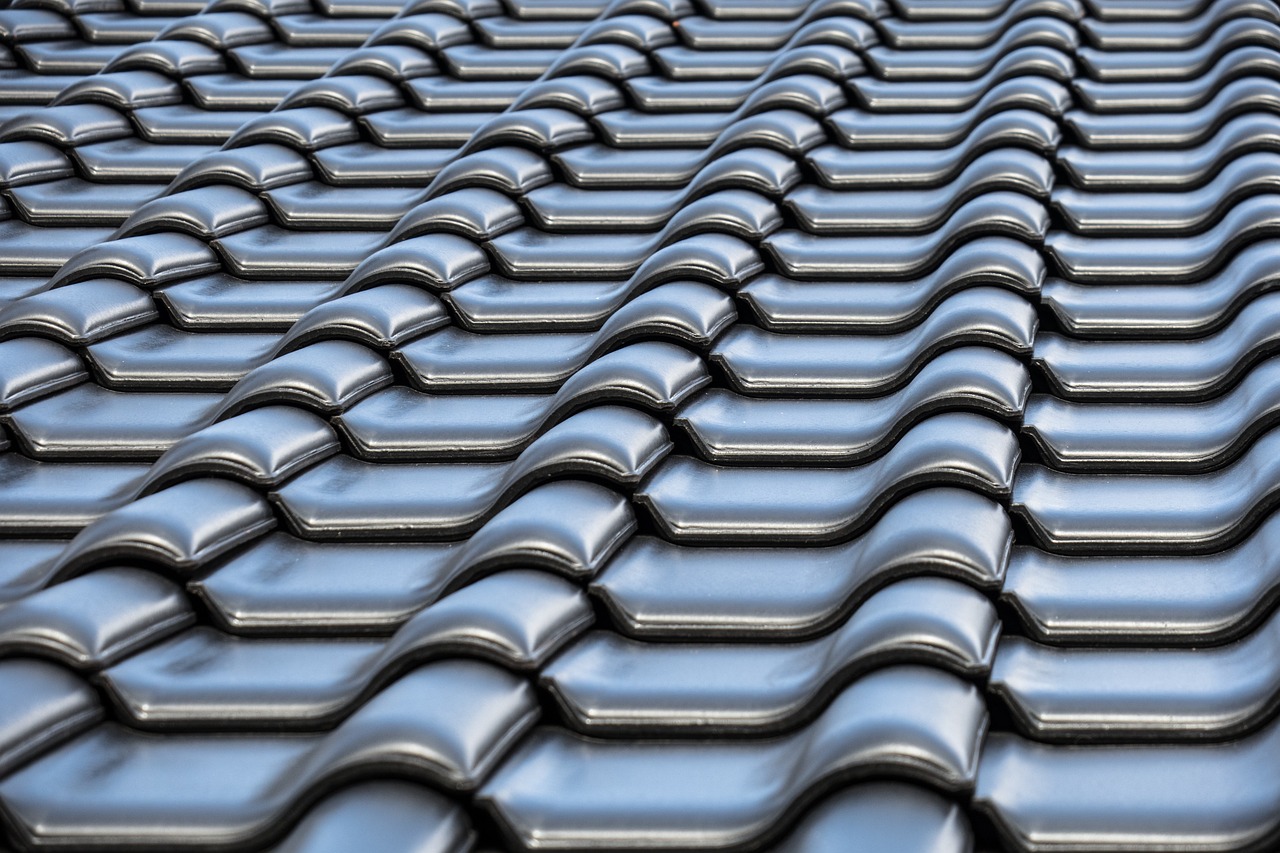When it comes to selecting a roof for your home, the decision is more complex than it may initially appear. A roof is not just a protective layer against the elements; it’s a significant investment that influences your home’s aesthetics, energy efficiency, and overall durability. Among the myriad of roofing materials available, metal and traditional options like asphalt shingles, wood shakes, and clay tiles stand out as the most popular choices. Each has its unique advantages and considerations, making it crucial to understand their differences to make an informed decision.
Metal Roofing: The Modern Contender
Durability and Longevity
Metal roofs are renowned for their longevity. Made from materials such as steel, aluminum, copper, or zinc, they can last anywhere from 40 to 70 years, far outlasting traditional roofing materials. Their resistance to harsh weather conditions, including heavy snow, rain, and high winds, makes them a reliable choice for homeowners looking for durability.
Energy Efficiency
Metal roofs reflect solar radiant heat, which can reduce cooling costs by 10-25%. This energy efficiency is particularly beneficial in hot climates, where homeowners can save significantly on air conditioning expenses. Additionally, many metal roofs are made from recycled materials and are 100% recyclable at the end of their life, making them an environmentally friendly option.
Aesthetic Versatility
Modern metal roofing comes in a variety of styles, colors, and finishes, mimicking the appearance of traditional shingles, slate, or even wood shakes. This versatility allows homeowners to achieve a desired look without compromising on durability.
Installation and Cost
While the initial cost of a metal roof can be higher compared to traditional materials, its longevity and low maintenance needs often offset the upfront investment. Professional installation is crucial, as improper installation can lead to problems like leaks and reduced lifespan.
Traditional Roofing: Timeless and Tested
Asphalt Shingles
Asphalt shingles are the most common roofing material in North America due to their affordability and ease of installation. They typically last 15-30 years and come in various styles and colors. While they don’t offer the same longevity or energy efficiency as metal roofs, their lower cost and adequate durability make them a popular choice.
Wood Shakes
Wood shakes provide a natural, rustic aesthetic that many homeowners find appealing. Made from cedar, redwood, or other types of wood, these roofs can last 30-40 years with proper maintenance. However, they are more susceptible to fire, rot, and insect damage, requiring regular upkeep to maintain their appearance and functionality.
Clay and Concrete Tiles
Clay and concrete tiles are celebrated for their distinctive, elegant appearance and exceptional durability, often lasting 50-100 years. They are particularly popular in Mediterranean, Spanish, and Southwestern-style homes. However, their heavy weight requires a strong structural support, and their high cost and complexity of installation can be a deterrent for some homeowners.
Slate Roofing
Slate roofs are among the most durable and long-lasting options, with a lifespan of up to 100 years or more. They offer a timeless, natural look and are highly resistant to fire and harsh weather conditions. The main drawbacks are their high cost, weight, and the expertise required for installation.
Making the Right Choice
Choosing the right roof involves balancing various factors, including budget, climate, aesthetic preferences, and long-term value. Here are a few key considerations to guide your decision:
- Climate: Metal roofs excel in extreme weather conditions, while traditional materials like asphalt shingles or clay tiles might be more suitable for milder climates.
- Budget: If cost is a major concern, asphalt shingles offer a budget-friendly option, though metal roofs may prove more cost-effective in the long run.
- Aesthetic: Consider the architectural style of your home and personal aesthetic preferences. Metal roofs offer modern versatility, while traditional materials can provide a classic look.
- Longevity: If you plan to stay in your home for many years, investing in a long-lasting material like metal or slate could be worthwhile.
In conclusion, both metal and traditional roofing materials have their distinct advantages and potential drawbacks. By carefully evaluating your needs and priorities, you can choose a roof that not only protects your home but also enhances its beauty and value for years to come.
